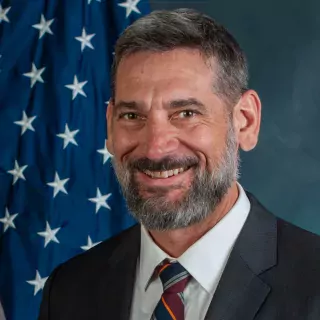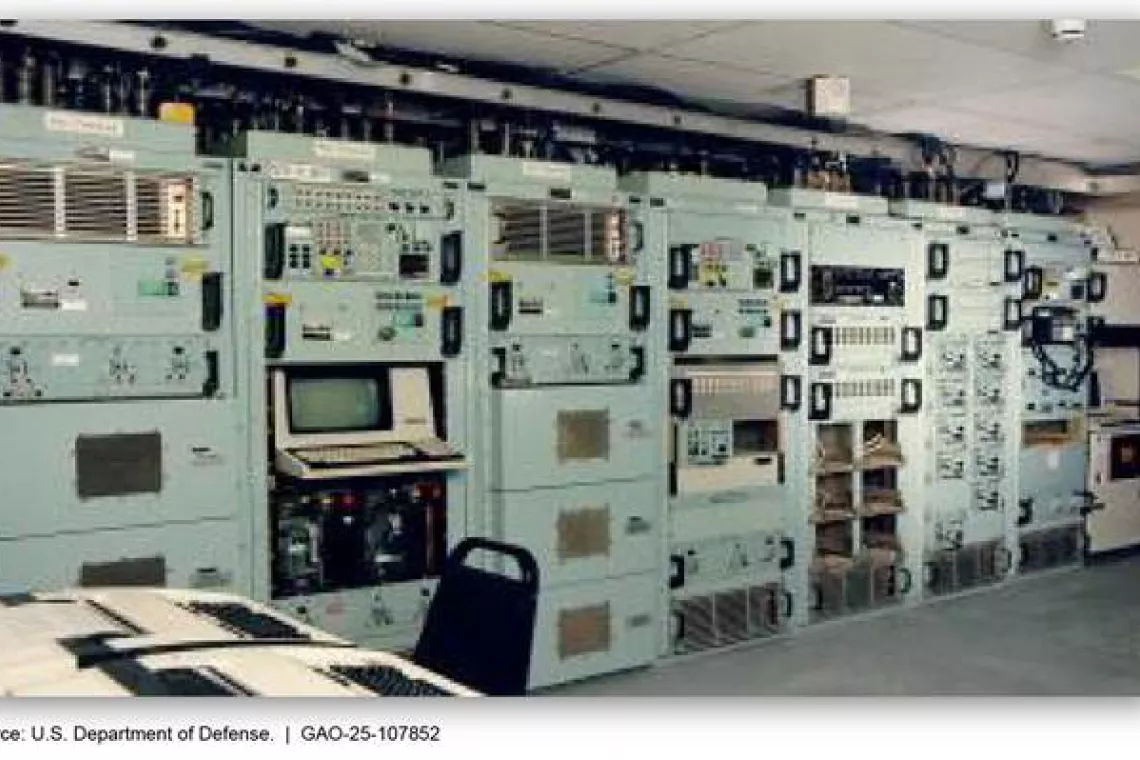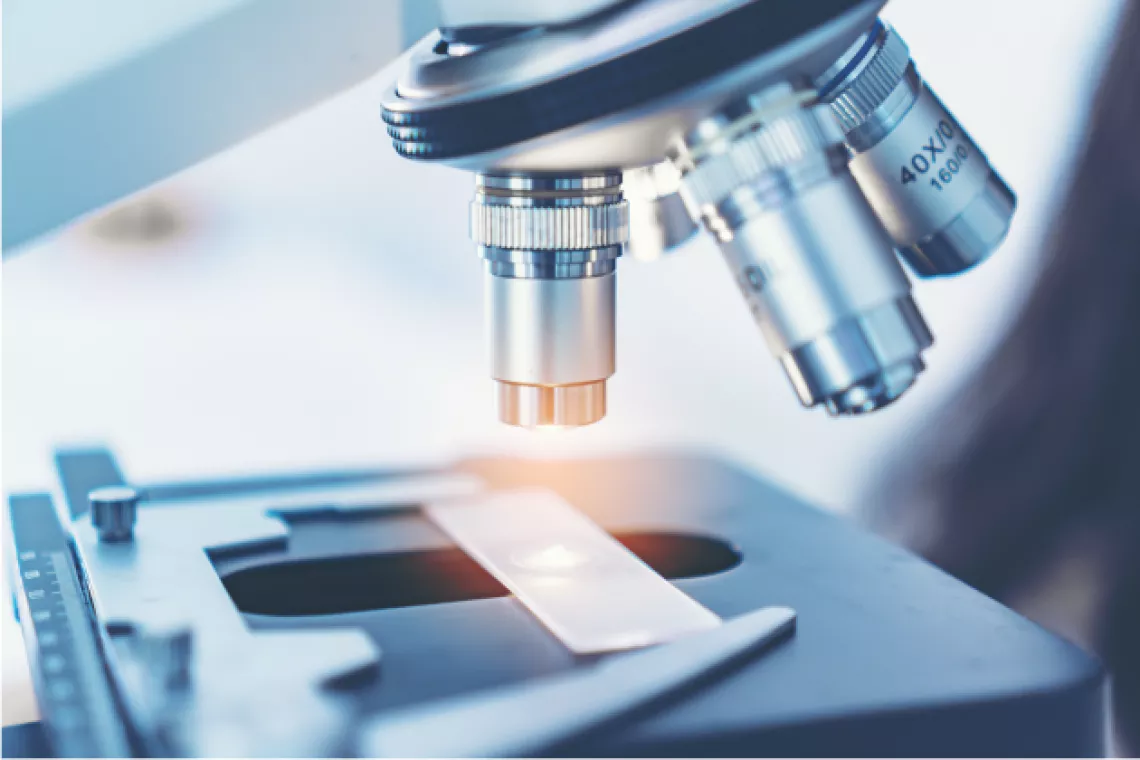The Internet of Things (video)
“Internet of Things” (IoT) generally refers to everyday devices that you can find around your house—such as thermostats, smart speakers, or refrigerators—that now connect to a network or the Internet. But, the federal government is also using this technology for a variety of purposes.
Today’s WatchBlog features a new report issued this week and highlights our new video on how one federal agency IoT technology.
What is the Internet of Things?
The Internet of Things includes devices or “things” that connect with other devices throughout buildings, vehicles, transportation infrastructure, or homes. Devices that use IoT technology consist of 3 primary components—hardware (like sensors and processors), network connectivity (wireless devices that use Bluetooth or WiFi), and software (programs within hardware) that interact to complete tasks. For example, IoT technologies might allow you to track your workout rigor through a watch, sense visitors approaching your home from your doorbell, or order groceries online through voice-activated controllers in your home. For a business, for example those that deliver goods and services, it can be used to track delivery or vehicles progress toward your home. In general, the use of these IoT devices is growing fast—some experts forecast that 43 billion devices will be in use worldwide by 2023.
The Federal Government and the Internet of Things:
While homes and businesses see a growing use of IoT technologies, the federal government is another user of these devices. In a new report, we surveyed federal agencies to ask how they were using IoT technology. We received responses from 90 of 115 agencies surveyed. Most often, agencies told us that they use IoT tech to:
- Control or monitor equipment or systems,
- Control access to devices or facilities, or
- Track physical assets such as fleet vehicles.
In 2019, the St. Lawrence Seaway, which allows ships to travel from the Great Lakes to the Atlantic Ocean, added IoT technology to its locks. IoT technology is used in the mooring systems that are part of the locks. Specifically, the mooring system uses sensors and a vacuum system to control and monitor ships as they navigate the U.S. controlled-locks in the St. Lawrence Seaway. This video explains more:
In another example, the Environmental Protection Agency (EPA) uses IoT buoys to monitor water quality.
Image

To learn more about IoT and the federal government’s use of this technology, check out our new report and video, or tune into our May 2017 podcast featuring a GAO expert.
GAO Contacts
Related Products

GAO's mission is to provide Congress with fact-based, nonpartisan information that can help improve federal government performance and ensure accountability for the benefit of the American people. GAO launched its WatchBlog in January, 2014, as part of its continuing effort to reach its audiences—Congress and the American people—where they are currently looking for information.
The blog format allows GAO to provide a little more context about its work than it can offer on its other social media platforms. Posts will tie GAO work to current events and the news; show how GAO’s work is affecting agencies or legislation; highlight reports, testimonies, and issue areas where GAO does work; and provide information about GAO itself, among other things.
Please send any feedback on GAO's WatchBlog to blog@gao.gov.




